I feel its important to put my cards on the table up-front with this review. The following points should give you a clearer idea of my thoughts and opinions regarding headphones:-
Much of my listening is done using headphones designed for portability.
I like wireless - much of my listening is done with wireless headphones and iems. Whilst I'm always looking for the best possible sound quality, I'm perfectly OK with the limitations of Bluetooth over wired.
My usual sources are my mobile phone and Google Play Music via my excellent Chromecast Audio. I don't tend to listen to many 'high-res' files.
The reason why I wanted to make those points was to illustrate that I don't really consider myself an audiophile - rather someone who likes good sound quality at an affordable price. In addition to my portable kit I do have a loudspeaker-based system which comprises of the following:-
Burson Audio Fun headphone amplifier
Burson Audio Swing DAC/Pre-Amp
Burson Audio Bang power amp.
Google Chrome cast Audio (connected to the Swing optically).
For non-portable headphone listening, I use the excellent Sennheiser HD598SR full-sized headphones. I consider these headphones to be a nice balance between relaxed listening (thanks to their extremely comfortable design) and capable of excellent analytical listening thanks to their extremely flat sound profile.
Swapping out the original Op-Amps for the Vivid's was a fairly simple process. I'm certainly not comfortable 'fiddling' around with the insides of my devices - I effectively have zero working knowledge of electronics. I basically just took my time, gently levered off the original chips using a flat bladed small screwdriver and inserted the Vivid's - making sure to get them in straight and not bending any of the legs. Although these are not quite 'zero insertion force' they're pretty easy to seat them onto the board with gentle downward pressure. The whole process really took less time than it did to get the lid off the amp.

Sound Quality
This is what it's all about. As I mentioned earlier I tend to listen mostly to streamed content but even with the use of compressed audio the differences are really quite remarkable. Whilst I was perfectly happy with the sound quality of the stock Fun headphone amp, the Vivid's have definitely taken the amp to the next level.
The first thing I noticed was the increased details in the high-end. Whilst I'm very sensitive to overly 'bright' sounding systems, the Vivid's offered this additional detail without making the sound harsh. Cymbals have a more 'metallic' sheen to them, percussion is more 'percussive' and the overall sound character became 'faster' and more exciting.

Another characteristic to come through after the swap out was imagery. Whilst headphones will always come second place to loudspeakers when it comes to stereo imagery in my opinion, the sense of depth, width and height to the soundstage was noticeably improved. The differences are certainly more than just minor adjustments to eq - the differences are more like the differences between a 128k and a 320k MP3 track. The sense of ambience - albeit artificial on many non-classical recordings is quite profound and certainly most welcome.
The overall sound character could be described as effortless - you can listen to your music at any volume you're comfortable with, clearly hear every detail in your recordings - be able to follow any instrument in the mix without having to concentrate - everything is presented to you without any apparent limitations. You can relax with the music and still maintain focus on what you like without having to make a conscious effort. Whilst this effect was present with the original Burson Play configuration, the addition of these op-amps makes a significant difference.
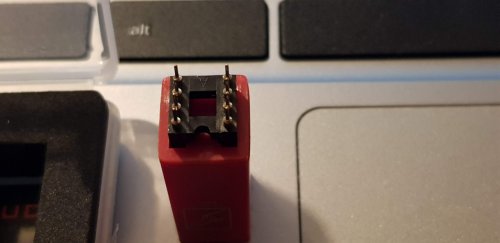
I've often thought about trying out a tube amp and experimenting with 'tube rolling' but I also lack the patience that is often needed to nurture and tweak these types of amps - years ago I would happily spend hours fiddling around with my hifi system in order to get the slightest improvement in sound quality - I really can't be bothered to do things like this now - I'm more comfortable in accepting limitations. The combination of Fun and Vivid's really feels like there's no real limitations - the overall system really feels like it's working at its very best. This is such an easy upgrade - no soldering, no worries thanks to Burson's excellent protection against incorrect insertion - easy peasy lemon squeezy.
In conclusion, those who have appropriate equipment would definitely do well to investigate Burson's excellent upgrade option. Whilst this isn't necessarily cheap, it's certainly has a profound effect on the sound quality and is therefore highly recommended.
Much of my listening is done using headphones designed for portability.
I like wireless - much of my listening is done with wireless headphones and iems. Whilst I'm always looking for the best possible sound quality, I'm perfectly OK with the limitations of Bluetooth over wired.
My usual sources are my mobile phone and Google Play Music via my excellent Chromecast Audio. I don't tend to listen to many 'high-res' files.
The reason why I wanted to make those points was to illustrate that I don't really consider myself an audiophile - rather someone who likes good sound quality at an affordable price. In addition to my portable kit I do have a loudspeaker-based system which comprises of the following:-
Burson Audio Fun headphone amplifier
Burson Audio Swing DAC/Pre-Amp
Burson Audio Bang power amp.
Google Chrome cast Audio (connected to the Swing optically).
For non-portable headphone listening, I use the excellent Sennheiser HD598SR full-sized headphones. I consider these headphones to be a nice balance between relaxed listening (thanks to their extremely comfortable design) and capable of excellent analytical listening thanks to their extremely flat sound profile.
Swapping out the original Op-Amps for the Vivid's was a fairly simple process. I'm certainly not comfortable 'fiddling' around with the insides of my devices - I effectively have zero working knowledge of electronics. I basically just took my time, gently levered off the original chips using a flat bladed small screwdriver and inserted the Vivid's - making sure to get them in straight and not bending any of the legs. Although these are not quite 'zero insertion force' they're pretty easy to seat them onto the board with gentle downward pressure. The whole process really took less time than it did to get the lid off the amp.

Sound Quality
This is what it's all about. As I mentioned earlier I tend to listen mostly to streamed content but even with the use of compressed audio the differences are really quite remarkable. Whilst I was perfectly happy with the sound quality of the stock Fun headphone amp, the Vivid's have definitely taken the amp to the next level.
The first thing I noticed was the increased details in the high-end. Whilst I'm very sensitive to overly 'bright' sounding systems, the Vivid's offered this additional detail without making the sound harsh. Cymbals have a more 'metallic' sheen to them, percussion is more 'percussive' and the overall sound character became 'faster' and more exciting.

Another characteristic to come through after the swap out was imagery. Whilst headphones will always come second place to loudspeakers when it comes to stereo imagery in my opinion, the sense of depth, width and height to the soundstage was noticeably improved. The differences are certainly more than just minor adjustments to eq - the differences are more like the differences between a 128k and a 320k MP3 track. The sense of ambience - albeit artificial on many non-classical recordings is quite profound and certainly most welcome.
The overall sound character could be described as effortless - you can listen to your music at any volume you're comfortable with, clearly hear every detail in your recordings - be able to follow any instrument in the mix without having to concentrate - everything is presented to you without any apparent limitations. You can relax with the music and still maintain focus on what you like without having to make a conscious effort. Whilst this effect was present with the original Burson Play configuration, the addition of these op-amps makes a significant difference.

I've often thought about trying out a tube amp and experimenting with 'tube rolling' but I also lack the patience that is often needed to nurture and tweak these types of amps - years ago I would happily spend hours fiddling around with my hifi system in order to get the slightest improvement in sound quality - I really can't be bothered to do things like this now - I'm more comfortable in accepting limitations. The combination of Fun and Vivid's really feels like there's no real limitations - the overall system really feels like it's working at its very best. This is such an easy upgrade - no soldering, no worries thanks to Burson's excellent protection against incorrect insertion - easy peasy lemon squeezy.
In conclusion, those who have appropriate equipment would definitely do well to investigate Burson's excellent upgrade option. Whilst this isn't necessarily cheap, it's certainly has a profound effect on the sound quality and is therefore highly recommended.








![IMG_20190708_163243[2445].jpg IMG_20190708_163243[2445].jpg](https://cdn.head-fi.org/a/10319059_thumb.jpg)






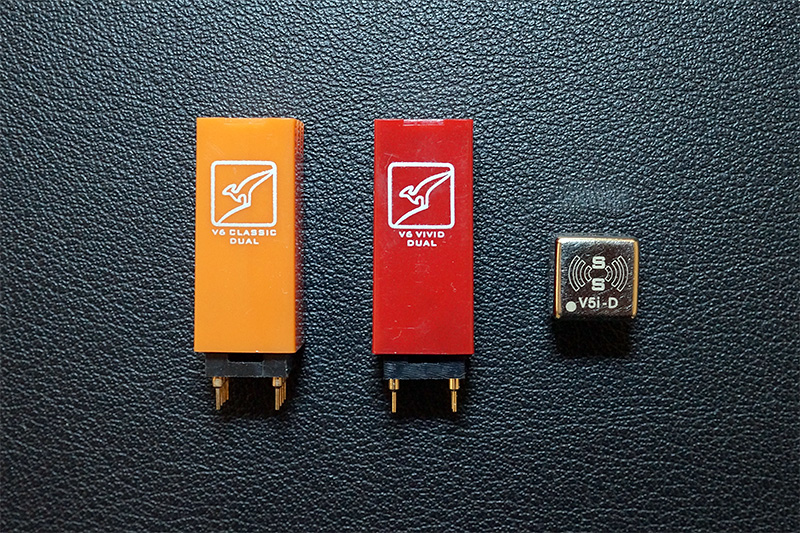


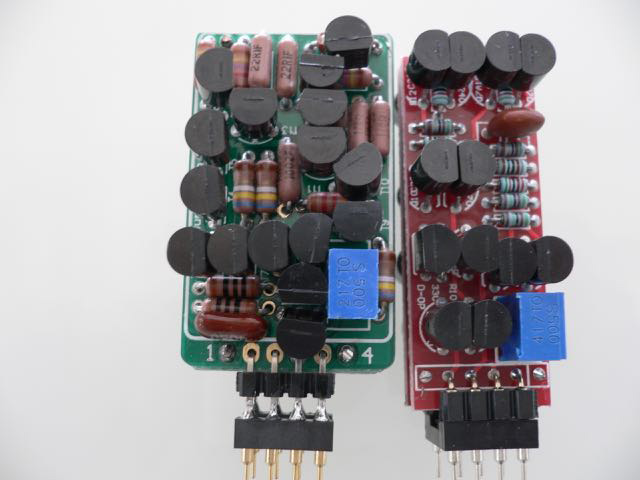

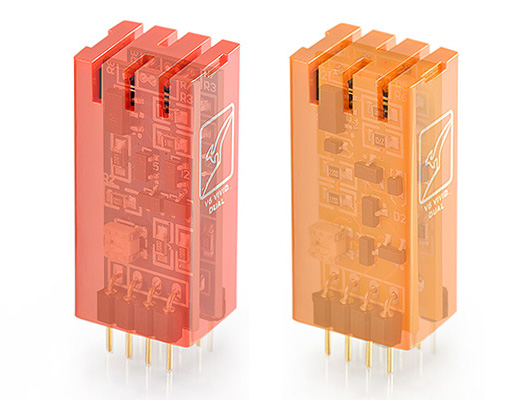
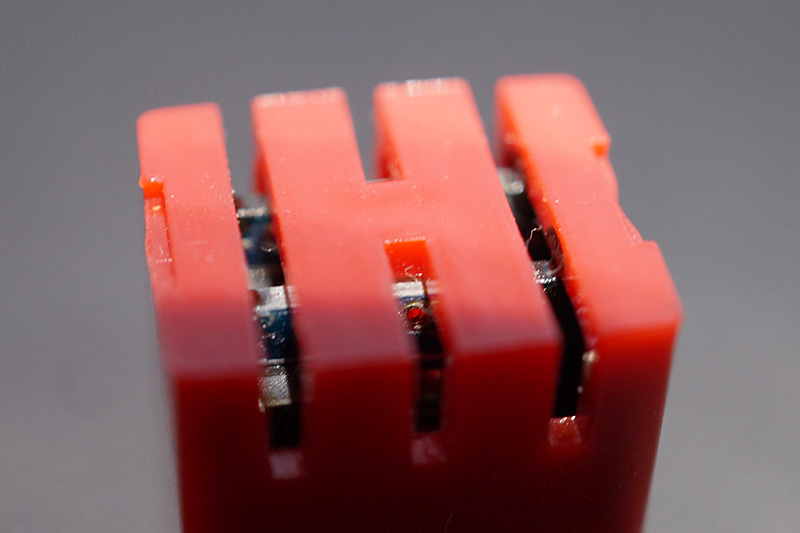
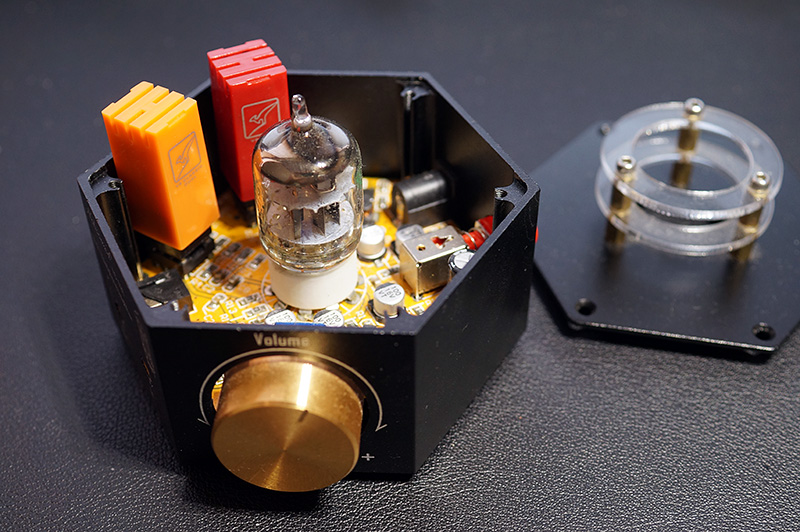
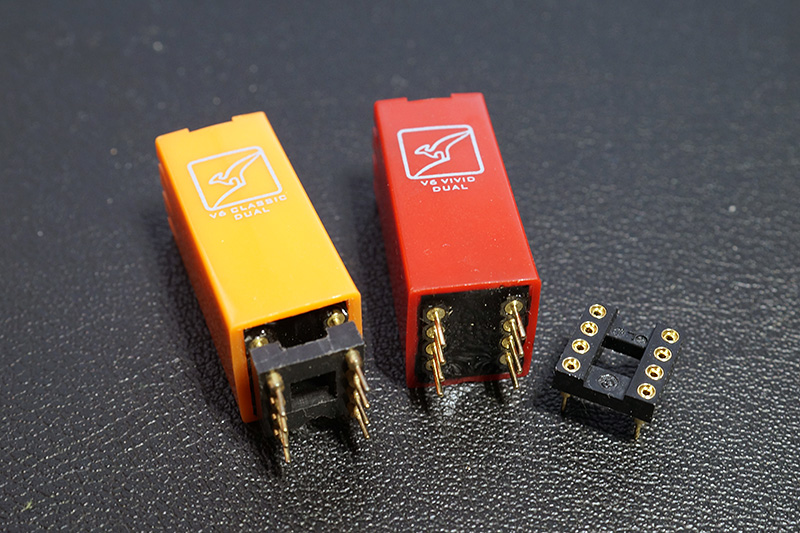



below comment.thanks.
' Zishan Z2 (as DAC) with Nobsound NS-02E (with V6) = The mid sounded too thick for my liking....